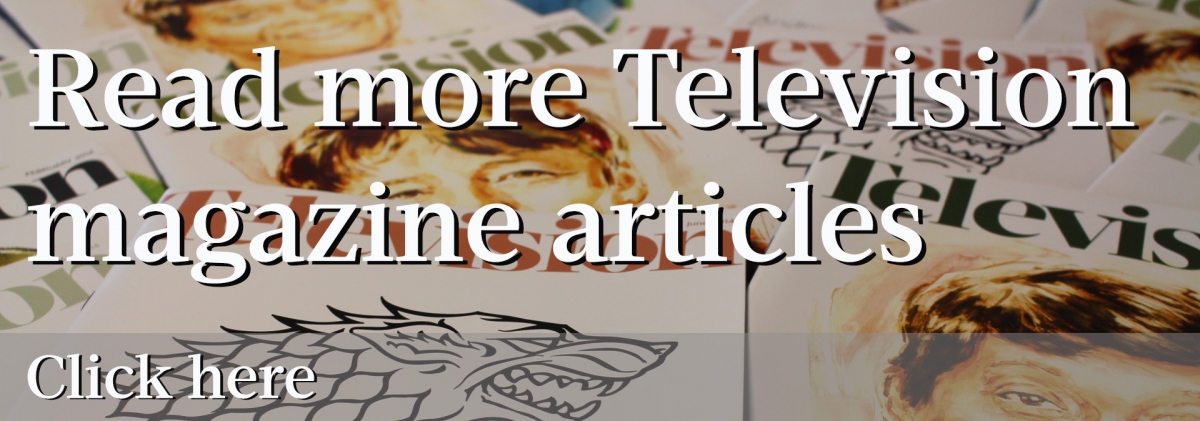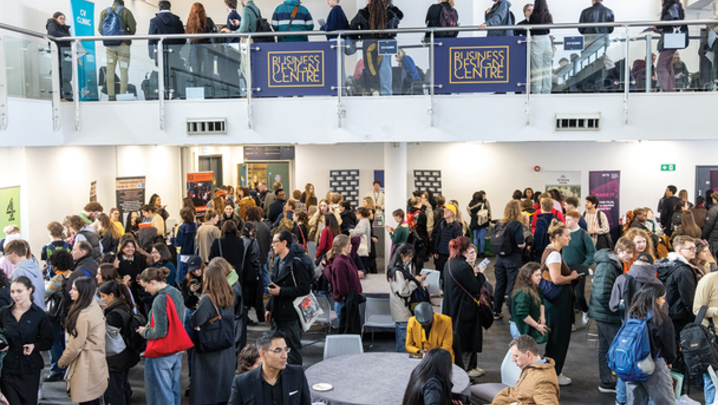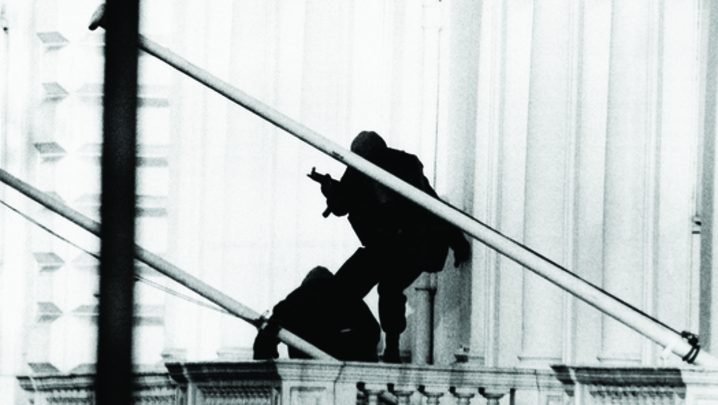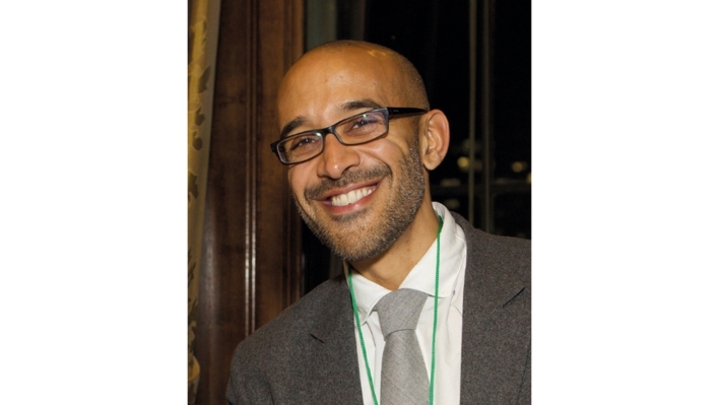Advances in sexual equality in broadcasting are superficial, suggests Barbara Govan
What are the prospects in 2015 for a young person entering the world of broadcast journalism? The possibility of promotion, prizes, pensions even, look pretty encouraging.
That is, if you are a man. But, for women – and they now form the majority of people joining the industry – there has been an embarrassing lack of progress towards equality. Men still dominate, especially at the top.
According to the House of Lords report, "Women in news and current affairs broadcasting", published in January, there have been some advances.
The numbers of female staff at the BBC, ITN and ITV are edging towards the halfway mark. But you have to drill down only a little to see that many of these apparent advances are superficial and not being sustained.
Even the recent RTS Television Journalism Awards were described by The Guardian as "a surprisingly blokeish affair" and a "march of the penguin suits", due to the lack of women being recognised and rewarded.
The Lords report concludes: "We were surprised and disappointed at how much further broadcasters, Ofcom and the government have to go to achieve genuine gender balance."
Looking back at the Northern, smoke-fugged 1980s newsrooms I started in, there was a bare handful of women over 40. In those Life on Mars days, there were very many colleagues who fitted the description "ugly, grizzly, fat, old and peculiar".
This was how presenter Miriam O'Reilly described the career longevity and latitude still afforded to men and denied to women.
She was a witness to the Lords committee and, so far, the only woman to win an age discrimination case against a UK broadcaster.
 This, in itself, is strange, considering that inequality is heightened the older a woman gets. Young women can compete on an equal footing until they start a family.
This, in itself, is strange, considering that inequality is heightened the older a woman gets. Young women can compete on an equal footing until they start a family.
Then they come unstuck, because it's still mainly women who have the caring responsibilities.
This problem is not unique to broadcasting. Other sectors are equally bad. Science, engineering, technology and medicine call it the "leaky pipeline". Huge numbers of talented, well-qualified and ambitious women enter the knowledge supply line but few make it to senior and leadership positions.
Expert women on screen are missing, too. According to the report, newsrooms are too busy to find expert women to interview.
That is why, in a democracy, we can still end up on Question Time with 72% of contributors being men while 51% of the population is female.
I've recently been working with hundreds of women in science, from graduates to professors. There is no shortage of women experts.
They are a brilliant, untapped and eager resource. Tip to newsroom: contact your local university and you will be rewarded with great stories and, yes, female talent.
What are universities doing about their lack of senior women? They have put money and compulsion into the mix. No evidence of promotion of, or investment in, women? Then no government money.
The Lords report doesn't rule out quotas for broadcasting if real progress isn't made soon. However, I think they already exist. With three male reporters for every one woman, and men comprising 82% of presenters aged over 50, men must already be on a quota system, given all the talented women who must have been overlooked to give them those jobs.
Perhaps we'll only know that we have equality when newsrooms and TV screens have an even share of talented and experienced men and women who are also "ugly, grizzly, fat, old and peculiar".
I definitely fit at least one of those descriptions, but I'm not waiting by the phone.
Barbara Govan is co-owner of Leeds-based Screenhouse Productions and Screenhouse Training, which delivers communication workshops to scientists and academics around the UK.







